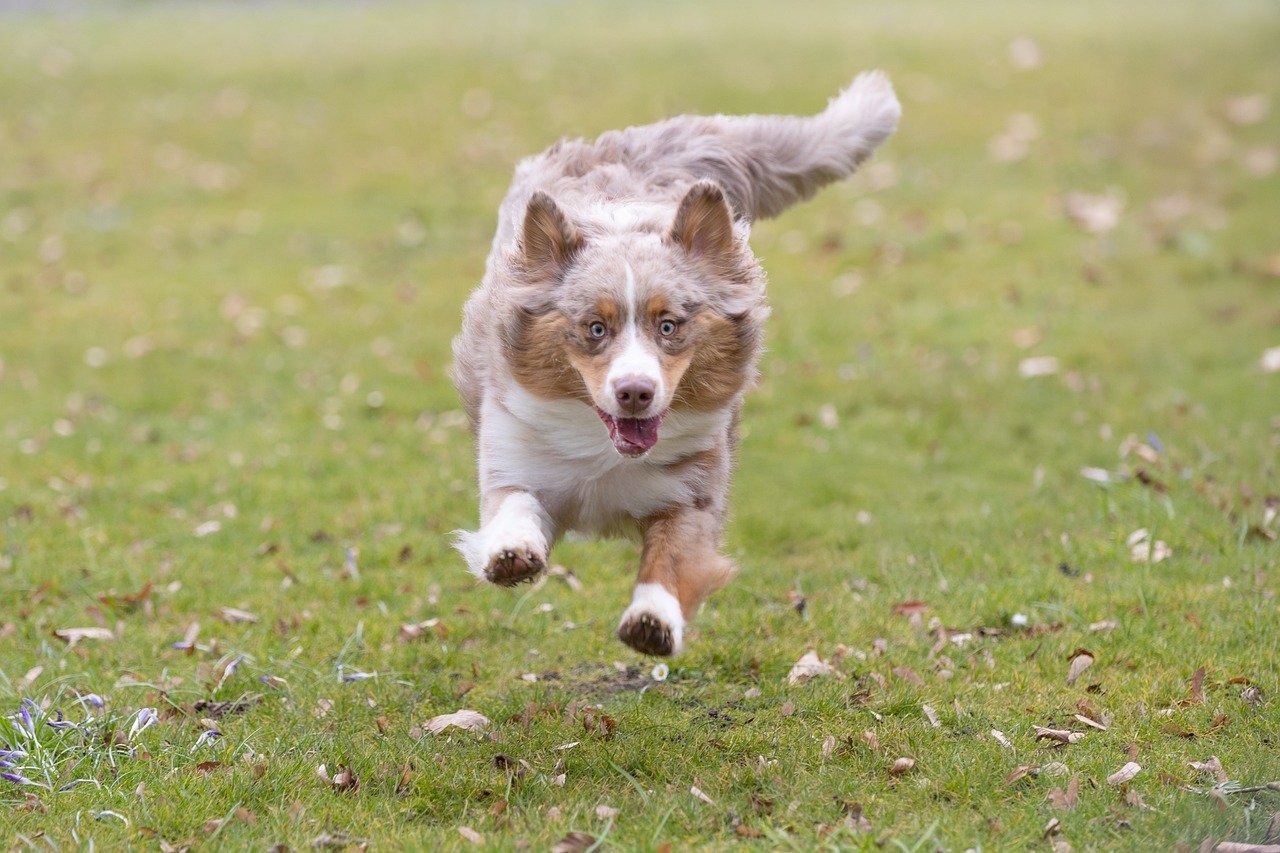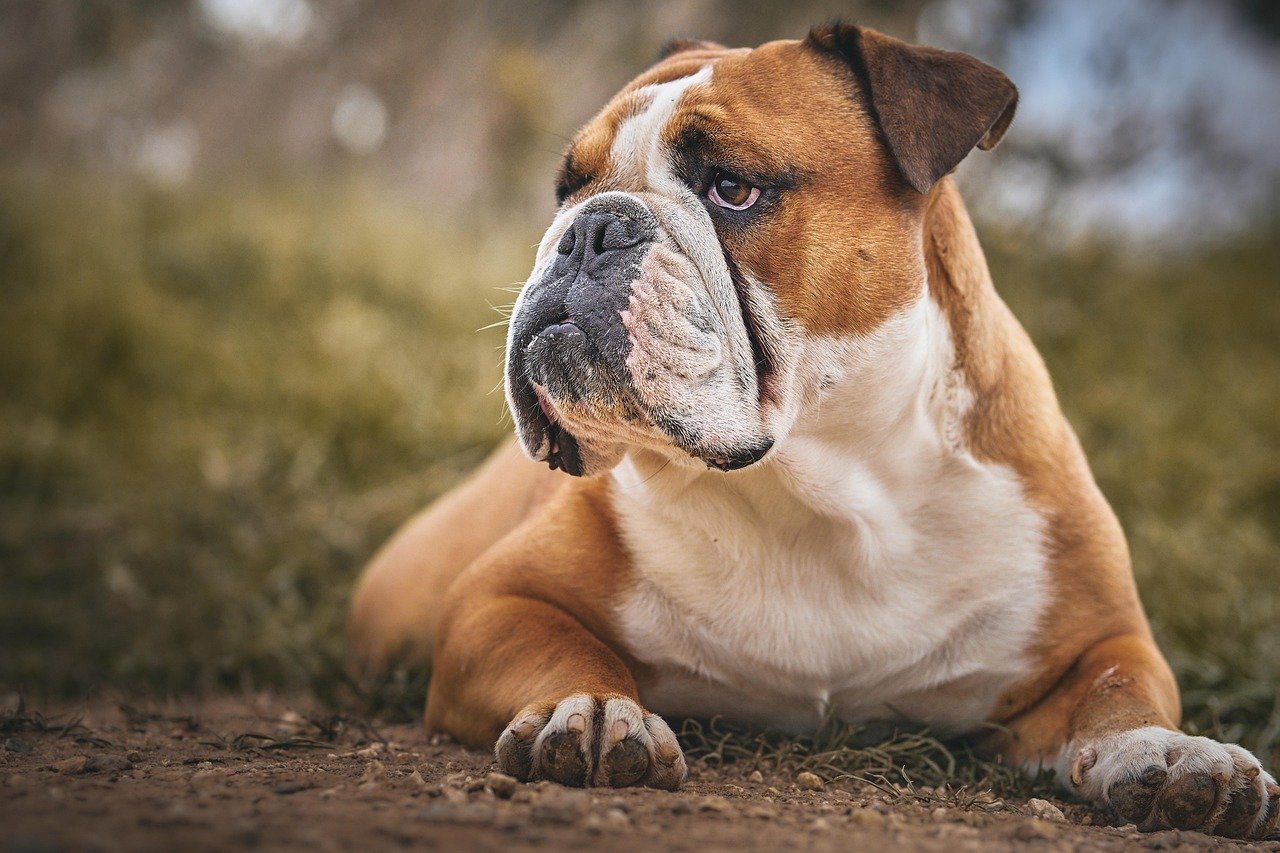Have you ever wondered why your Border Collie seems to bounce off the walls while your neighbor’s Bulldog snoozes through the day? Here’s a surprising truth: your daily routine, habits, and even your moods ripple directly into your dog’s world, shaping their behavior in ways you might not expect. For dog lovers, understanding this connection can be eye-opening—and sometimes even a little emotional. After all, our furry friends are more tuned in to our lifestyles than we often realize. From the energetic Golden Retriever to the independent Shiba Inu, every breed responds differently to our choices. So, how much does your lifestyle really matter to your dog? Let’s dive into the ways your routines can shape your dog’s happiness, confidence, and quirks—tailored by breed.
Active Lifestyles and High-Energy Breeds

If you’re someone who loves jogging at dawn or hiking on weekends, you might be the perfect match for high-energy breeds like Border Collies, Australian Shepherds, and Jack Russell Terriers. These dogs thrive on action and mental stimulation. When they live with active humans, they’re more likely to show positive behaviors—like being attentive, learning new tricks fast, and showing fewer signs of boredom. On the flip side, if kept in a low-activity home, these breeds can quickly become restless, barking excessively or chewing furniture out of frustration. Imagine a race car stuck in traffic—that’s a Border Collie without enough exercise. For these dogs, your daily energy sets the pace for their well-being and happiness.
Calm Households and Laid-Back Breeds

Some people prefer quiet evenings with a book or a slow stroll in the park. If that’s you, breeds like Bulldogs, Basset Hounds, or Shih Tzus fit right in. These laid-back companions soak up a calm environment and are more likely to lounge by your side than beg for a game of fetch. Their behavior mirrors the peaceful energy of their household, often resulting in content, low-maintenance pets. However, even the calmest breeds benefit from occasional play and social time. A Bulldog in a chaotic home might become anxious or withdrawn, while a Basset Hound in a calm space will feel secure and at ease.
Work Schedules and Separation Anxiety
Long work hours can take a toll on sensitive breeds like Labrador Retrievers, Cocker Spaniels, and Poodles. These dogs crave companionship and structure. If you’re away all day, your dog might develop separation anxiety, leading to destructive behaviors or excessive barking. Some breeds, like the independent Chow Chow or Basenji, cope better with alone time, but even they need regular interaction to stay emotionally healthy. If your lifestyle includes long absences, interactive toys, dog walkers, or even doggy daycare can help bridge the gap and keep your dog’s spirits up.
Social Life and Outgoing Breeds
Are you the life of the party, always inviting friends over or heading out for social gatherings? Outgoing breeds like Golden Retrievers, Labrador Retrievers, and Boxers revel in this kind of lifestyle. They’re natural social butterflies, enjoying constant interaction and new faces. When matched with a sociable human, these dogs are less likely to develop fear or aggression toward strangers. But if you’re more private, these breeds might become bored or seek attention in less desirable ways. Think of them as the extroverts of the dog world—they thrive on your bustling social calendar.
Family Dynamics and Protective Breeds
In homes bustling with kids, relatives, and frequent visitors, protective breeds like German Shepherds, Dobermans, and Rottweilers often shine. They love having a “pack” to protect and can feel fulfilled by their role as guardians and playmates. These breeds respond to the energy and structure of family routines. If your home is unpredictable, they can become overprotective or anxious. Consistent boundaries and routines help these dogs feel secure and keep their natural instincts in check, allowing them to be loving companions rather than overzealous guards.
Urban Living and Adaptable Breeds

City life can be overwhelming for some dogs, but breeds like French Bulldogs, Cavalier King Charles Spaniels, and Dachshunds adapt beautifully. These adaptable pups are generally unfazed by street noise and apartment living. However, your urban routine—walks on busy sidewalks, elevator rides, and meeting lots of strangers—still requires your guidance. Dogs that don’t get enough exposure to city life, even adaptable breeds, might react with fear or anxiety. The more calmly and confidently you navigate city challenges, the more your dog will mirror your ease.
Travel Habits and Adventurous Breeds
If wanderlust runs in your veins, some breeds will eagerly join your adventures. Siberian Huskies, Vizslas, and Australian Cattle Dogs love exploring new places. When you include them in your travels, these breeds show less stress and more excitement, becoming adaptable companions. But frequent changes in environment can unsettle dogs like Chihuahuas or Greyhounds, who prefer familiar routines. Planning ahead with creature comforts and gradual introductions to travel can make all the difference in their behavior on the road.
Stress Levels and Sensitive Breeds

Did you know your mood can directly affect your dog’s behavior—especially for sensitive breeds like Shetland Sheepdogs, Whippets, and Italian Greyhounds? These dogs are emotional sponges, absorbing your stress or joy. High-stress households often lead to anxious, skittish pets who may hide, bark, or even refuse to eat. On the other hand, a calm and happy home helps these dogs blossom into confident companions. Your everyday emotions are like invisible leashes, guiding your dog’s comfort and reactions.
Training Approaches and Intelligent Breeds
Some dogs are so sharp, they pick up on your training style instantly. Breeds like Poodles, German Shepherds, and Border Collies crave mental challenges and clear expectations. If your lifestyle includes regular training sessions, puzzle toys, and learning new tricks, these dogs will thrive and show off their smarts. But inconsistent or harsh training can make them anxious or stubborn. Think of them as eager students—they want to impress you, but need positive, steady guidance to succeed.
Leisure Time and Companion Breeds
If your idea of a perfect day is snuggling on the couch or lounging in the backyard, companion breeds like Pugs, Maltese, and Cavalier King Charles Spaniels will adore you for it. They’re happiest when they’re close to their humans, soaking up affection and sharing your downtime. In busy homes where everyone’s always on the go, these dogs might feel lonely or act out for attention. Quality time with you—even if it’s just a quiet evening—keeps their tails wagging and their behavior balanced.
Your lifestyle plays a powerful role in shaping your dog’s behavior—especially when breed tendencies come into play. From high-energy working breeds to laid-back lap dogs, each type thrives best when their environment and daily routine align with their natural instincts. Understanding how your habits, schedule, and energy levels impact your dog’s mood and behavior can lead to a more harmonious, fulfilling relationship. By choosing a breed that complements your lifestyle and committing to consistent care and interaction, you create a foundation for a happy, well-adjusted companion who brings out the best in both of you.

Sumi Sarkar from India holds a B Tech degree in Information Technology, is a freelance film maker, scriptwriter, content editor who loves animals, especially dogs.





